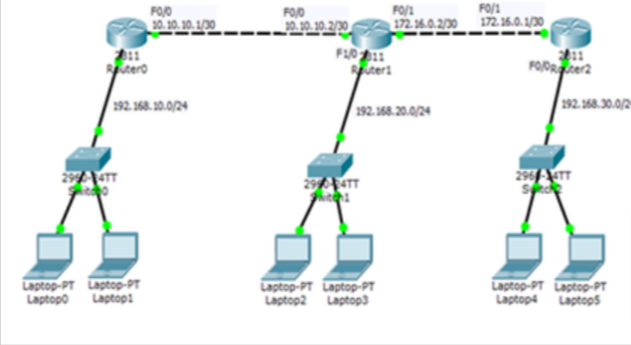The next-hop can be a routing term uses for an additional neighbouring router an info packet goes through. The next hop is combined with quantity of routers that are connected concurrently in the network which is the next possible place for any data packet.
Each router maintains its routing table getting a next-hop address, that’s calculated using the routing protocol which is connected metric. The routers are the key network device among many devices. Because routers manage the information about its surroundings router in addition to their related network and subnetwork.
To help keep information regarding other routers and systems within the routing table as well as the least expensive metric inside the routing table is known as the next-hop or perhaps the next optimal router. Each time a packet passes a router, the hop count increases by one.
For example, in case your destination is 10 hops definately not the foundation, the packet must pass 10 different routers to attain it. also, for every router, the next router associated with it while using best metric will probably be placed since the next hop within the routing table. Browse the following topology then browse the routing table in figure 2,3 and 4 there routing tables.
In this particular example, the below three Figures display the routing tables of Router1, Router2, and Router3. You will see that each router has records due to its directly connected systems in addition to their connected local addresses.
Each router does not find out about any network beyond its directly connected interfaces. For example, Router0 does not know systems:
- 172.16../30 – Network Between Router1 and Router2
- 168.20./24 – Local Network for Router1
- 168.30./24 – Local Network for Router2
Figure 5 displays a ping be a consequence of Router0 to Router1 using Ip 10.10.10.2 you will see the ping works well because network 10… will be the routing table just like a directly connected router.
Figure 6 display a ping be a consequence of Router0 to IP addresses 172.16..2, the Ip of the Router1, but it seems sensible not efficient, as well as the Ip 192.168.20.1 the Ip of the Router but it seems sensible not efficient.
For the reason that Router0 does not come with an entry within the routing table for your above systems of Router1. So, Router0 do not know where one can send the ping request, resulting in an unsuccessful ping result.
We could understand the next-hop router by, Ip, Exit Interface and possibly using both. Following will be the three types of routing table records for an additional hop in the router.
Next-hop route – We specify only the Ip in the next-hop router inside the routing table.
Directly connected static route – We just specify the router exit interface connected to the next-hop router.
Fully specified static route – We specify both next-hop Ip and exit interface.
